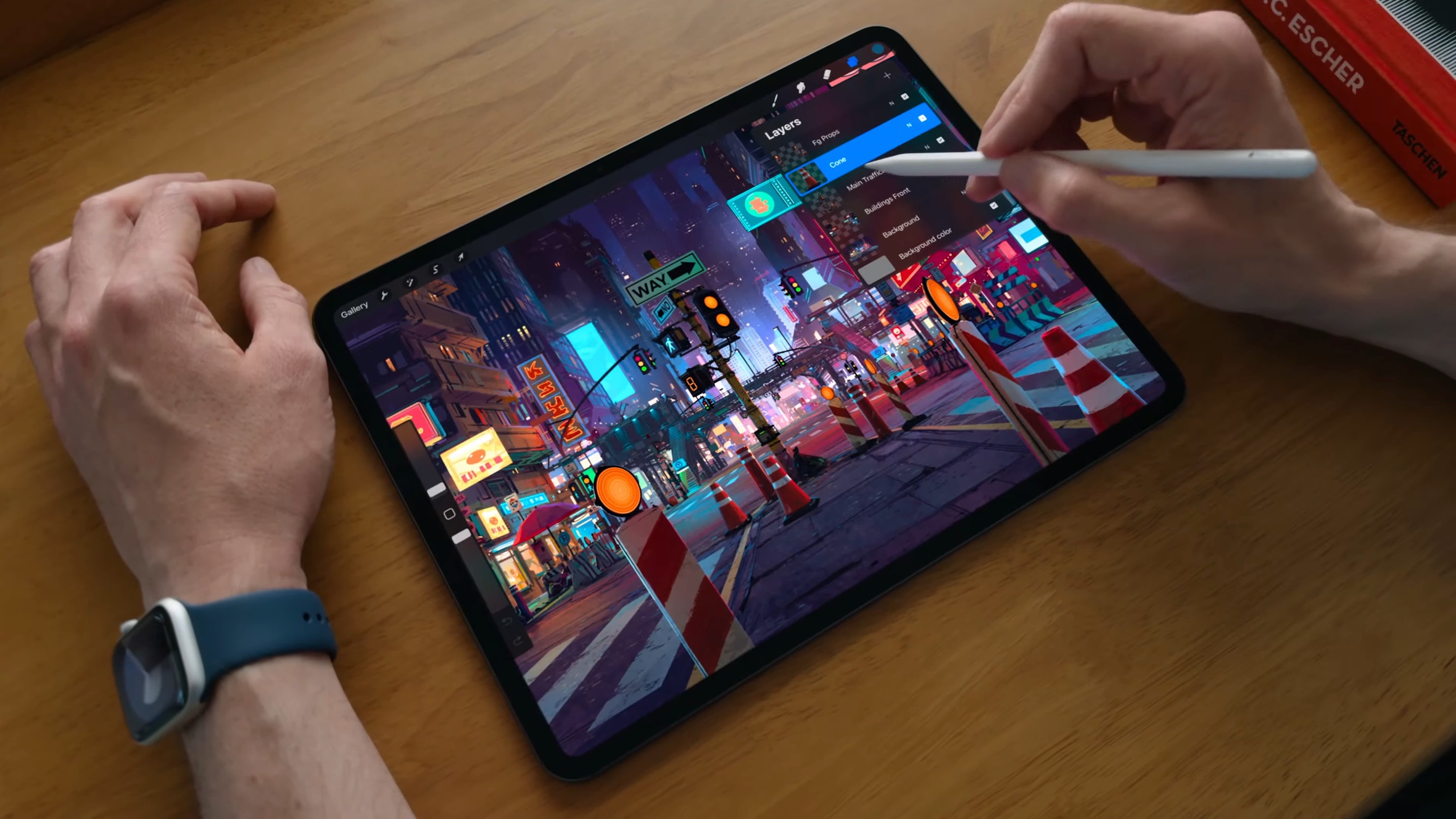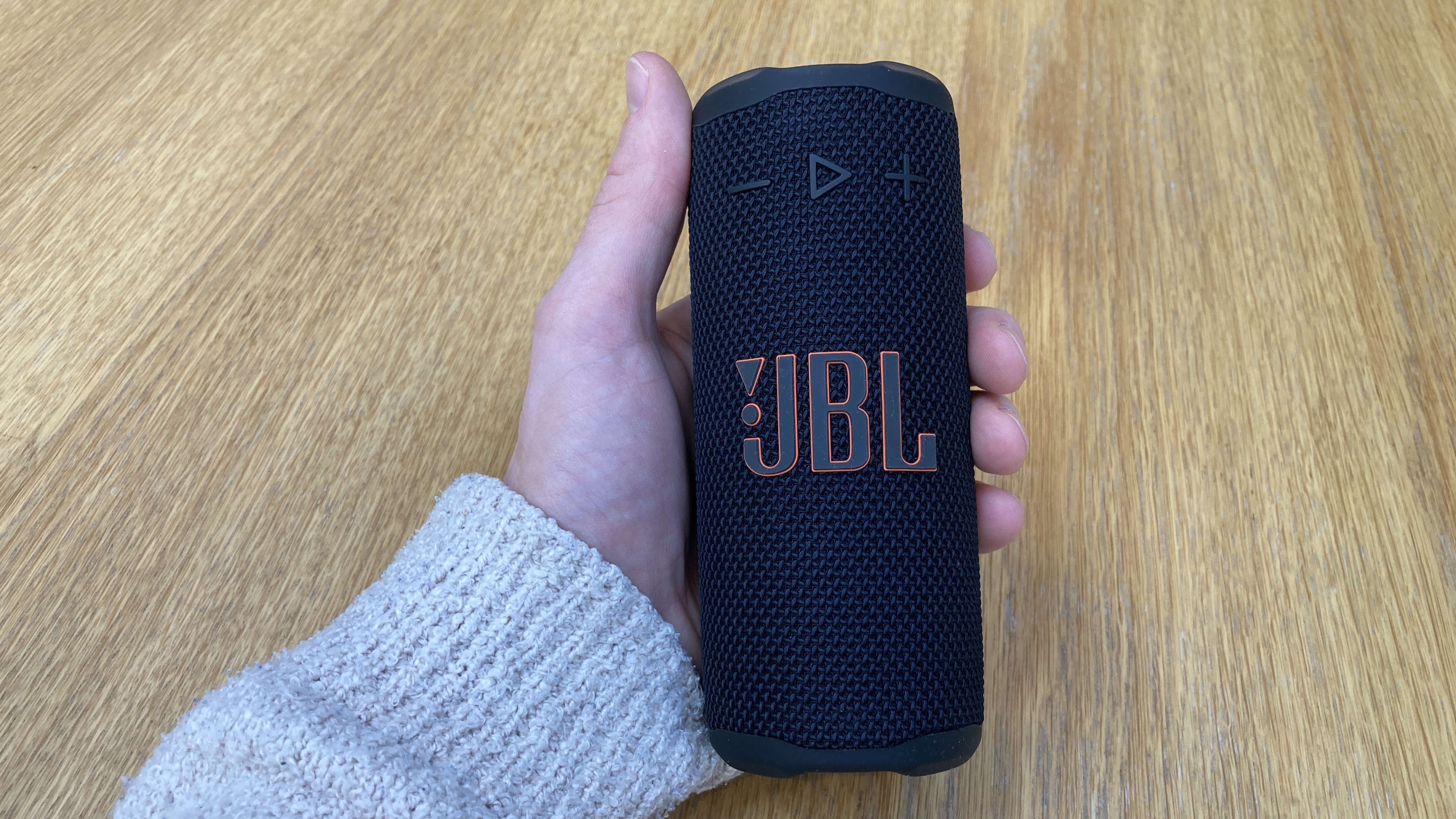Brighter, cutting-edge OLED technology wins our Innovation Award 2024
Buckle up, folks, because this is a slightly controversial one...

OK so Tandem OLED car displays have been a thing since 2019; but 2024 is the year the tech has come to devices you can watch movies on. Of those devices, the Porsche Design Honor Magic6 RSR smartphone and Apple iPad Pro M4 launched globally within days of one another. But the latter has a much larger screen and the former hasn’t even been submitted for review, so it’s the Apple implementation that gets our Award.
In short, a Tandem OLED panel has two OLED layers sandwiched together, rather than a single layer as is the norm for OLED displays. These two OLED layers can work together (in tandem, if you will) to massively boost brightness; but Tandem OLED panels can also be thinner, more power-efficient and more durable. Apple’s implementation of Tandem OLED (or ‘Ultra Retina XDR’) in the iPad Pro M4 is stunning.
Mini LED technology, which is what the previous iPad Pro used, is generally able to go much brighter than OLED, but the new Tandem OLED iPad Pro matches its predecessor for peak and full-screen HDR brightness, with figures of 1600 nits and 1000 nits respectively. It’s this full-screen figure of 1000 nits that is most impressive. We have become used to next-gen MLA OLED and QD-OLED TVs with peak brightness figure claims in the thousands, but those are achievable only with tiny highlights. Full-screen brightness on even the latest, brightest OLED TVs measures in only the low hundreds.
But why is the iPad’s Tandem OLED display matching the previous model’s brightness figure so exciting? Primarily because that brightness is now combined with perfect OLED blacks and pixel-by-pixel contrast control. Movies pop from the screen in a way that the previous model can’t match. The switch to OLED has made the display more responsive, too, which makes motion smoother, and there’s a cinematic richness to the delivery.
The Tandem OLED display appears to have enabled Apple to reduce the thickness of the new iPad Pro which, at 5.1mm, is the thinnest product Apple has ever produced. This might be down to the thinness of the Tandem OLED panel, but it’s also possible that the panel’s power efficiency has allowed Apple to fit slimmer batteries.
So, are Tandem OLED TVs on the way? Not immediately, but it’s easy to see why a Tandem OLED TV would appeal: who wouldn’t want an OLED TV that could go brighter, draw less power from the grid and be even thinner than current models? Whether Tandem OLED makes it to TVs or not, there’s no denying how innovative it is – or how impressive it is in the new iPad Pro.
MORE:
The latest hi-fi, home cinema and tech news, reviews, buying advice and deals, direct to your inbox.
Best TV 2024: flagship OLEDs and affordable flatscreens tried and tested
What is tandem OLED screen tech? How does it work?
I’ve been hunting Black Friday TV deals since the event started – here are the top discounts I’ve spotted for 2024
Tom Parsons has been writing about TV, AV and hi-fi products (not to mention plenty of other 'gadgets' and even cars) for over 15 years. He began his career as What Hi-Fi?'s Staff Writer and is now the TV and AV Editor. In between, he worked as Reviews Editor and then Deputy Editor at Stuff, and over the years has had his work featured in publications such as T3, The Telegraph and Louder. He's also appeared on BBC News, BBC World Service, BBC Radio 4 and Sky Swipe. In his spare time Tom is a runner and gamer.

